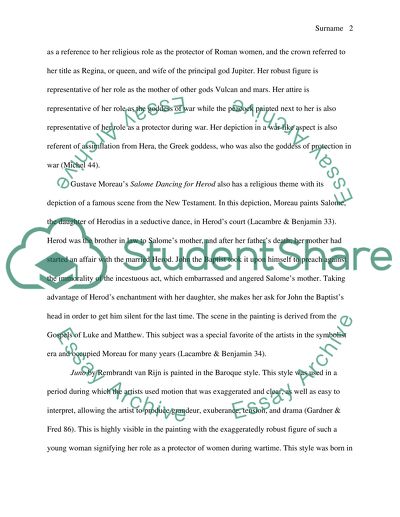Cite this document
(“Comparison and Contrast Salome by Gustave Moreau and Juno by Van Rijn Literature review”, n.d.)
Comparison and Contrast Salome by Gustave Moreau and Juno by Van Rijn Literature review. Retrieved from https://studentshare.org/literature/1470737-compare-and-contract-essay
Comparison and Contrast Salome by Gustave Moreau and Juno by Van Rijn Literature review. Retrieved from https://studentshare.org/literature/1470737-compare-and-contract-essay
(Comparison and Contrast Salome by Gustave Moreau and Juno by Van Rijn Literature Review)
Comparison and Contrast Salome by Gustave Moreau and Juno by Van Rijn Literature Review. https://studentshare.org/literature/1470737-compare-and-contract-essay.
Comparison and Contrast Salome by Gustave Moreau and Juno by Van Rijn Literature Review. https://studentshare.org/literature/1470737-compare-and-contract-essay.
“Comparison and Contrast Salome by Gustave Moreau and Juno by Van Rijn Literature Review”, n.d. https://studentshare.org/literature/1470737-compare-and-contract-essay.


